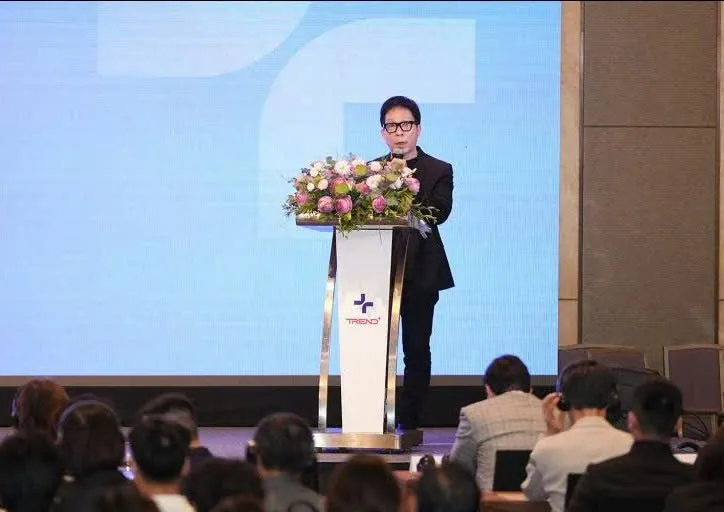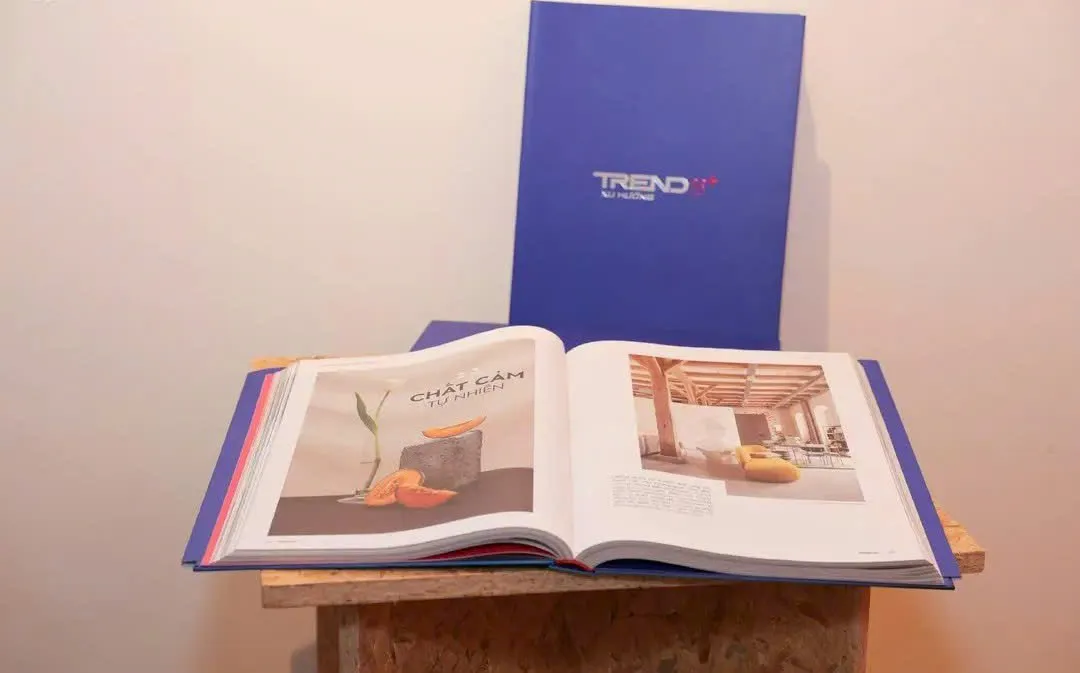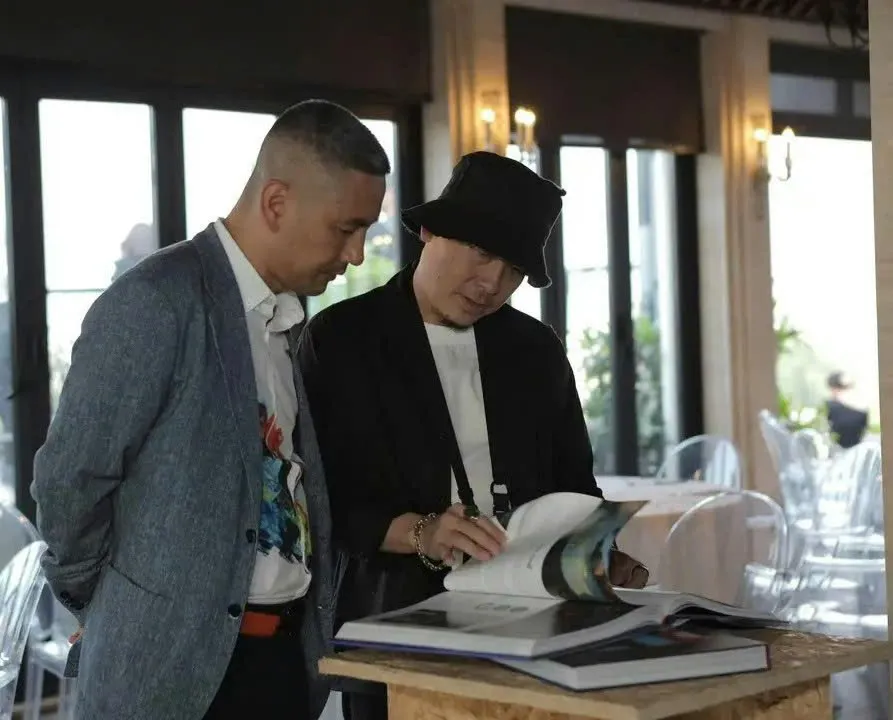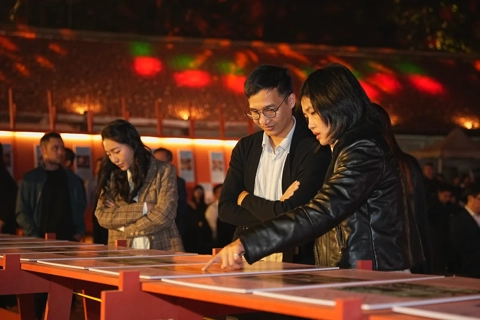Creating Vietnamese interior identity in the global flow
The experts provided analyses and forecasts of the main interior design and architectural trends in Vietnam over the next five years.
THE HANOI TIMES — The interior architecture scene in Vietnam is seeing the emergence of many talented young designers and potential domestic brands, who are working to establish a Vietnamese interior design identity in the global context.
Architect Le Truong, Chairman of the Vietnam Interior Association, shared the view at the workshop “Vietnam Interior Architecture Trends 2026-2030”, which was held in Hanoi on June 6 and attracted numerous local and international experts, businesses, architects, and designers.

Architect Le Truong, Chairman of the Vietnam Interior Association, speaks at the event. Photos: Anh Kiet/The Hanoi Times
Truong said: “The question ‘How can Vietnamese interior design create its own identity in the flow of global integration?’ is key to suggesting directions for the industry in the future.
These include the trend of personalizing living spaces, the need for sustainable and essential products, green architecture and interior design, and honoring heritage and art in living spaces.
This workshop, which featured prestigious experts, provided a timely opportunity for dialogue and helped to spread the core values of design, culture, and creativity.
However, Vietnam still struggles to establish effective connections within a creative ecosystem and needs a long-term approach to developing a distinct design language. There are also insufficient support mechanisms to enable Vietnamese interior designers to build brands in the international arena.
"The Vietnam Interior Association will continue to support partners in competitions, seminars, and creative programs associated with professional practice on this journey," said Truong.

An overview of the workshop “Vietnam Interior Architecture Trends 2026-2030” held in Hanoi on June 6.
At the workshop, experts analyzed and forecasted the main interior design and architectural trends in Vietnam over the next five years.
Gemma Riberti, Director of Interiors at WGSN in London, led a discussion about significant societal, aesthetic, and psychological shifts around the world, offering practical examples from the Asia-Pacific region, where many countries are working to establish a robust domestic design identity.
Riberti suggested new directions for the Vietnamese interior design industry, such as personalizing living spaces, using sustainable and essential products, incorporating green architecture, and honoring heritage and art in living spaces.
Designer Wesley Liu, founder of PplusP Creations, shared the identity creation model in Hong Kong and Australia, as well as lessons for Vietnam and the localization of world trends in China. He said that creating ready-made products without identity or cultural value easily disappoints customers. "If you hire a designer who focuses purely on design without doing research first, the project will end up disjointed and unsuitable for the context," said Liu.

Phan Dang Son, Chairman of the Vietnam Association of Architects.
Architect Hoang Thuc Hao, Vice Chairman of the Vietnam Association of Architects, highlighted the role of architecture in redefining Vietnamese aesthetics from heritage to modernity. “In each period, architecture has its own trends and styles. In this period, however, Vietnamese architecture will respond to the global trend of modesty, harmony, and strength,” he said.
Phan Dang Son, Chairman of the Vietnam Association of Architects, said interior architecture is an indispensable part of architectural creation. "Through today's discussion, we aim to create a long-term impact and establish a chain of data, thinking, and action to develop Vietnamese interior trends creatively and sustainably," he shared with The Hanoi Times.
The workshop "Vietnam Interior Architecture Trends 2026-2030" is one of the events taking place to launch TREND 26+, the first Vietnamese interior industry trend publication. It is professionally sponsored by the Vietnam Furniture Association, the Vietnam Association of Architects, and Architecture Magazine. It marks an important step forward in the professionalization and sustainable development of Vietnam’s interior design industry.
Comprising 552 pages and being released in 5,000 copies, TREND 26+ highlights a comprehensive effort to gather and systematize interior and architectural trends shaping and that will continue to shape the future.
Contributions from 45 leading experts, including 13 international specialists from seven countries across the Asia-Pacific region, embody the spirit of global connection, exchange, and learning in TREND 26+. The publication is expected to become a valuable reference for designers, architects, and businesses during the upcoming development phase.

TREND 26+ provides analysis and forecasts of the main interior design and architectural trends worldwide and in Vietnam from 2026 to 2030.

Visitors read the first publication of TREND 26+.











